Heading into Glasgow had been a good idea, while sipping lattes in the Royal Mile. By the time we'd made our slow way back to the car, tiredness and the fog were both setting in.
We made it halfway to Glasgow before the latter became so pronounced that I could barely see more than twenty feet ahead. Which is a little worrying when you're hurtling along a motorway. However, we could see well enough to spot the hazy glow of a service station with the promise of more hot coffee. Then pulling up there, neither of us could help but notice that it was another of those rest areas, which I'd sworn didn't exist in Britain.
To say that we decided to stay put belies an hour or two spent dithering over the point. Phone calls to two different friends elicited them crawling through news sources, Tweets and live streams from Glasgow's George Square. Judgment calls made from afar about whether they would press on, if they were in our position.
In my heart, I wanted to stay here, but history and hospitality both were beckoning me on. It was only Ember's final admission that she was exhausted now - jet-lag adding to a day spent climbing Edinburgh's steep cobbled streets and closes - and she too would prefer to stop now.
We walked to an off-license for cider, whisky and snacks, then climbed into our nest in the back of my car, lodged well towards the rear of the car park. Fog twisted and whirled; the conversation covered half a world and leaped across the centuries too; our little picnic complemented the listening; and periodically we'd put the radio on to hear the results of the ballot come in.
Though, in truth, I fell asleep in the early hours before it was clear to anyone which way the country had gone. We learned about that over coffee in the service station cafe next morning, when the fog had cleared and the night before seemed as a dream in an in-between space somewhere between realities.
For there had been no telling then in whose country we might awake come morning. It was all too soon to tell.
We never did get to Glasgow, though we skirted its outer edge. Our journey home took us instead to Moffat for breakfast - which was very lovely and afforded Ember the chance to sample haggis - but which held no hint that history was flirted with, then cast into a footnote the day before.
The country had voted 'no' and life went on, then continued into Cumbria and home.


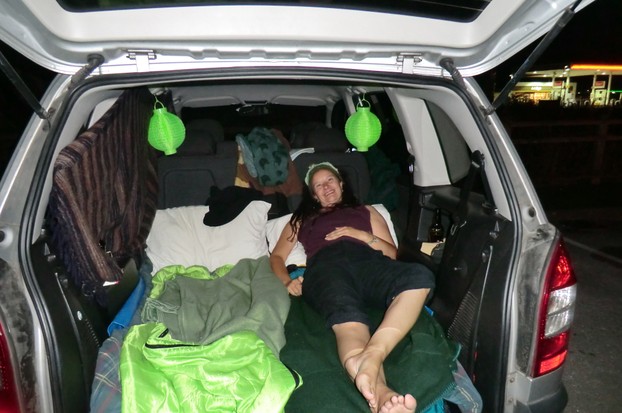


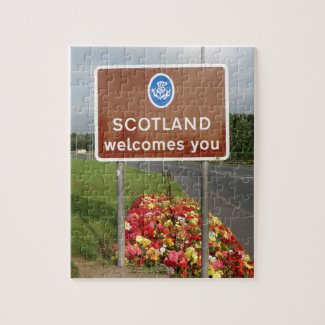
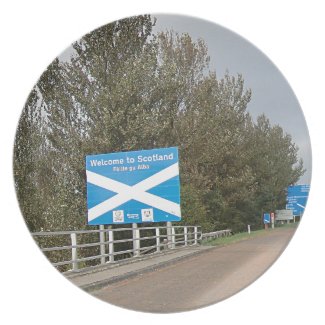
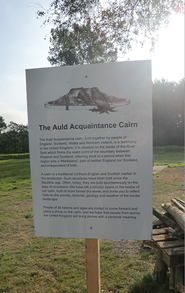

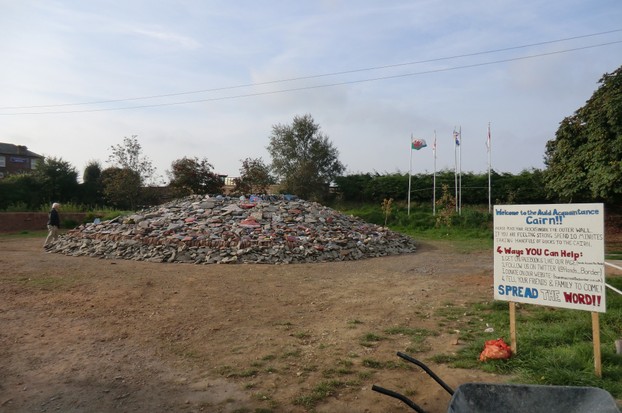
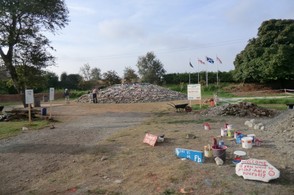
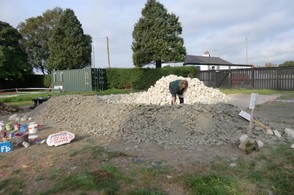
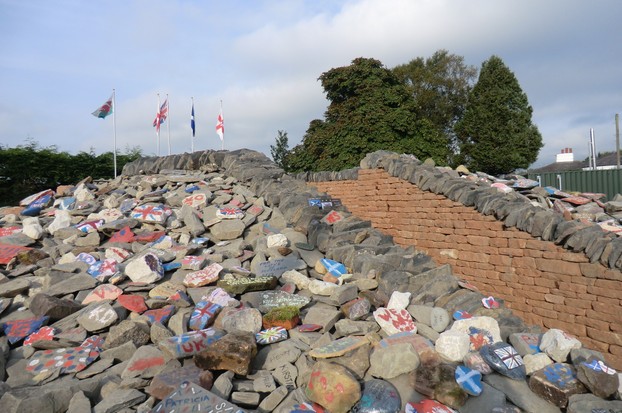
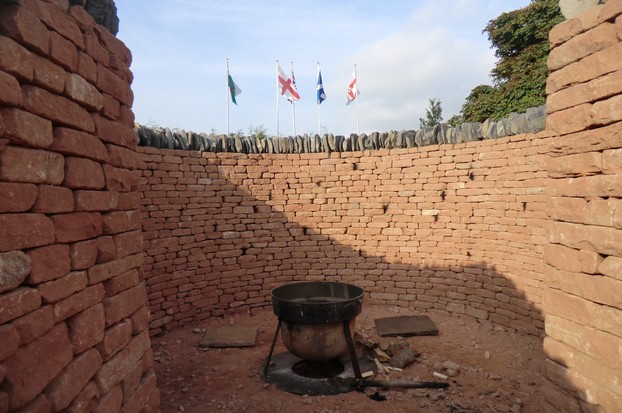
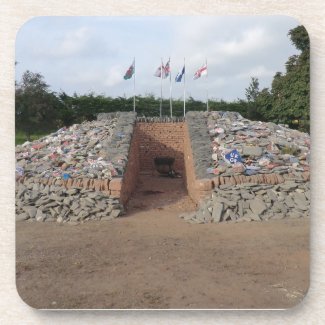
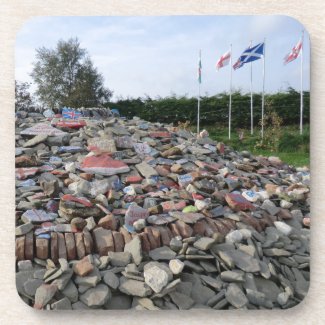





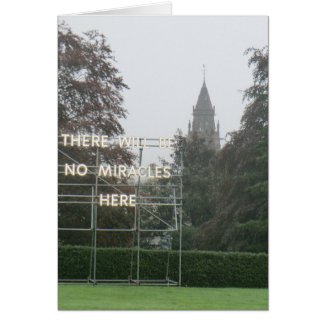
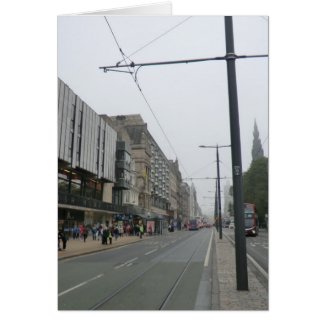
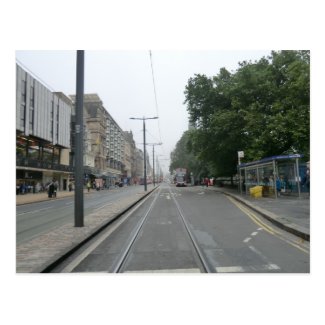
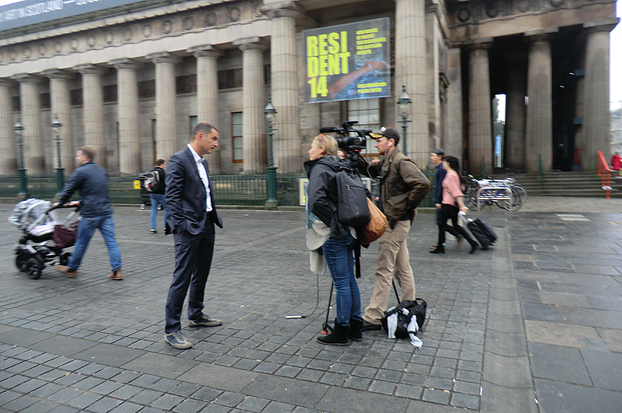
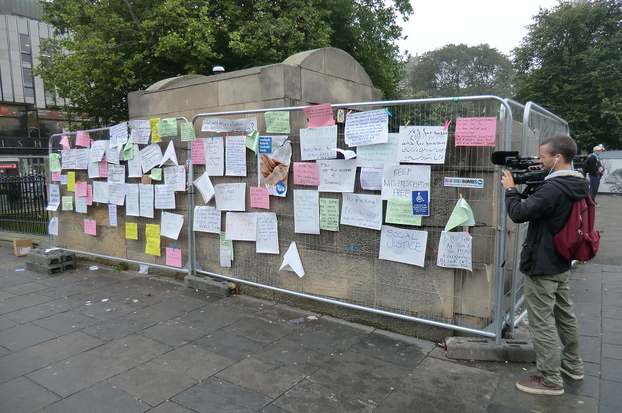
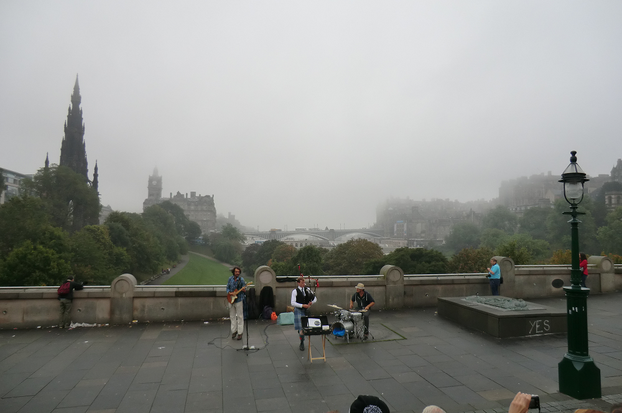
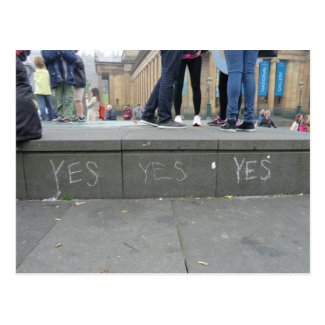
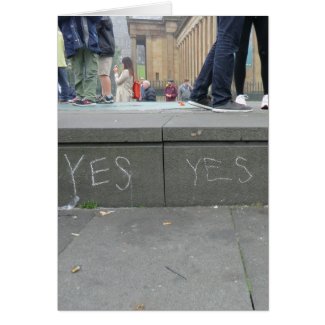
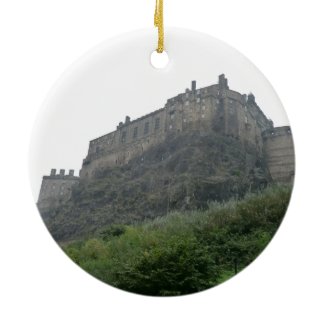
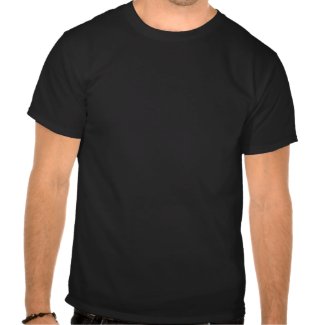
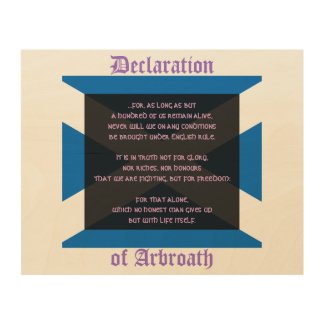
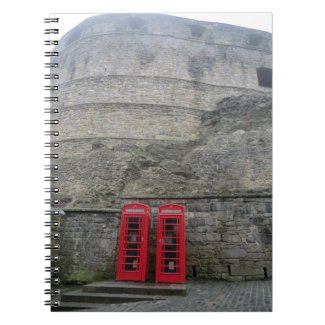
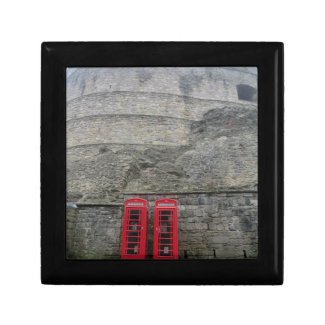
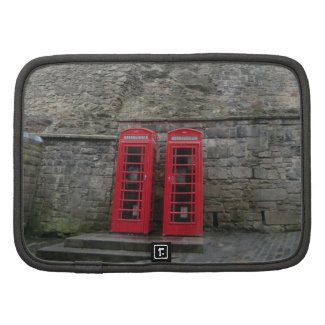
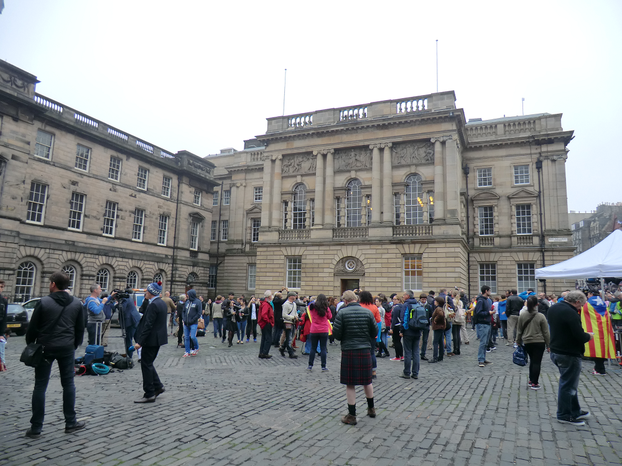
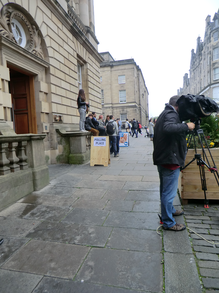
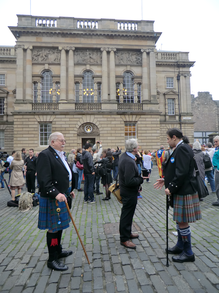
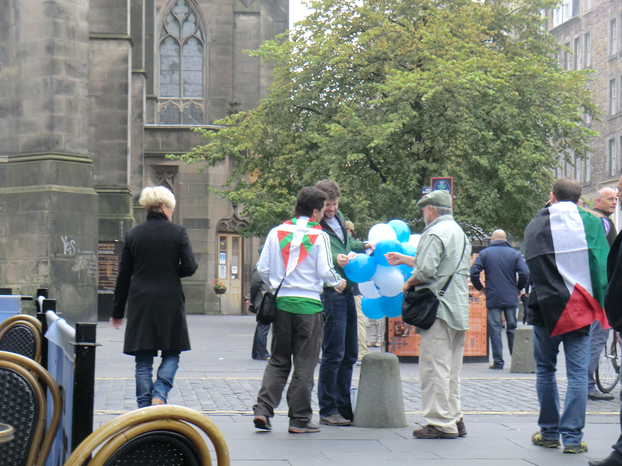
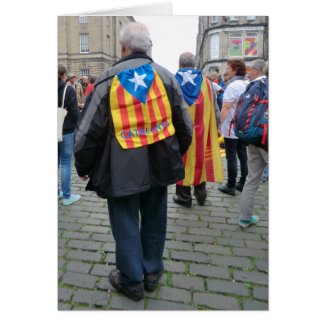
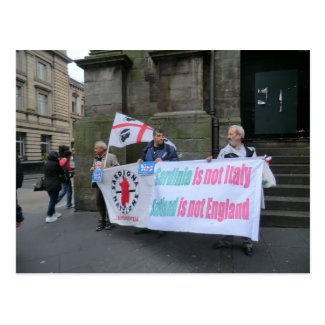
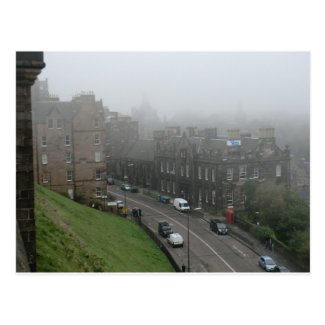
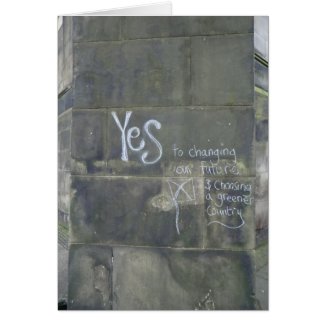



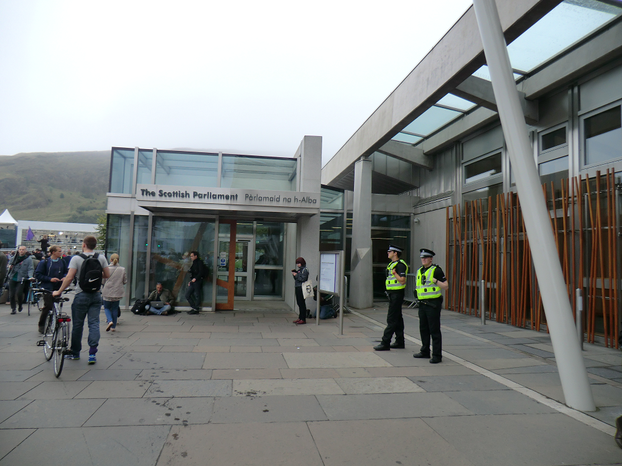
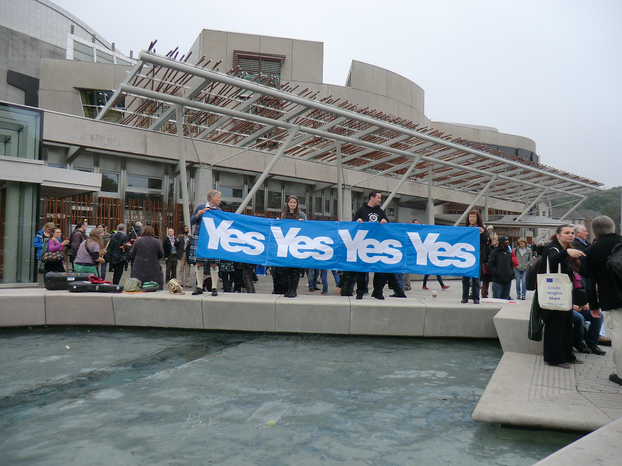
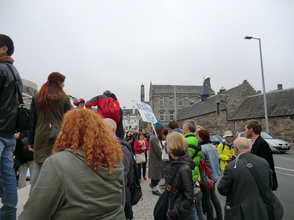
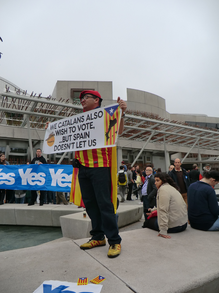
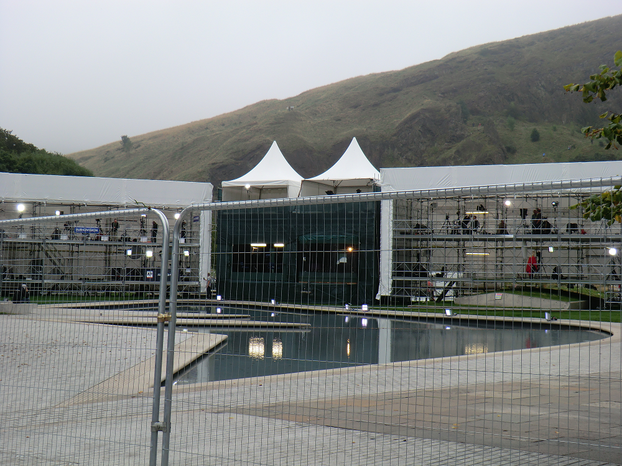
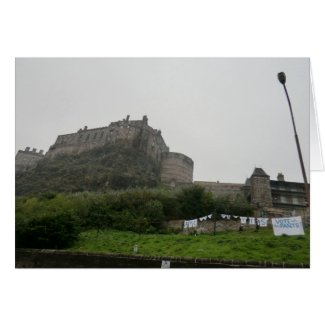
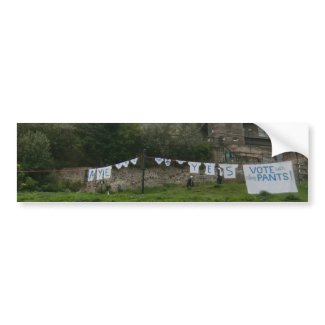
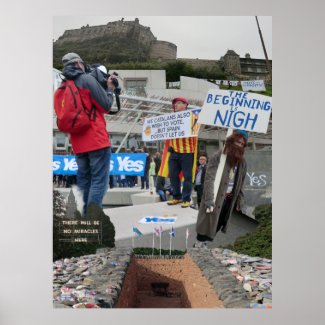
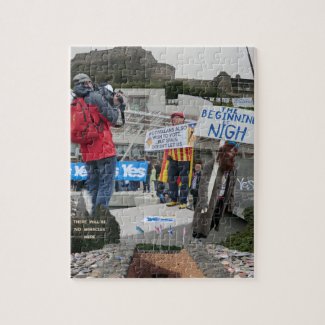




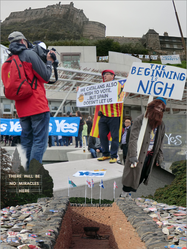

 St Tydecho's Churches in West Waleson 09/03/2014
St Tydecho's Churches in West Waleson 09/03/2014
 Goodies for an Outlander Premiere Partyon 03/06/2015
Goodies for an Outlander Premiere Partyon 03/06/2015
 Holocaust Memorial Day Interview with Rainer Höss, Grandson of Rudolf Architect of Auschwitzon 01/24/2015
Holocaust Memorial Day Interview with Rainer Höss, Grandson of Rudolf Architect of Auschwitzon 01/24/2015
 Romantic Valentine Gifts for an Outlander Fanon 01/16/2015
Romantic Valentine Gifts for an Outlander Fanon 01/16/2015

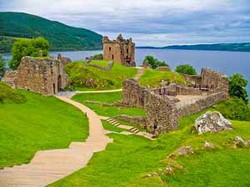
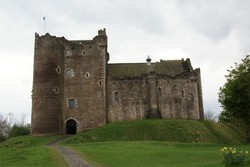
Comments
When you line it all up like this, it's amazing how much damage has been done in our little islands. All those waves of conquerors determined to imprint their culture upon the native people. All those rulers who care more for their own power than the populations under their governance.
There would be no need to tread carefully in Northern Ireland, if there had been no plantations in the 17th century. There would be no need for Orkney and Shetland to feel attached to foreigners, if their 14th century monarch hadn't basically sold them. There would be no need to ask about Kernow, if they hadn't been effectively under military occupation for nearly two millennia, deliberately kept impoverished and been subject to systematic cultural genocide. The national psyche of Cornwall is too punch drunk to even read the treaties anymore, and the Victorians merely said, "We're not even going to pretend you have power anymore. You're ours, or you'll starve." After the example of Ireland, who wouldn't have believed every word?
Yes, Northern Ireland should have the same powers as the rest. However, I see it as an evolving situation that will develop as the peace process develops, and we still have to sort out the constitutional difficulty of power sharing, which may not be the final constitutional arrangement for that land. A gradual, consensual approach with Northern Ireland taken in conjunction with Eire will be best.
There could be a time when the UK and the Republic agree to adjust the borders of Northern Ireland, after a democratic referendum of course, and so changes might be made then. My old stamping grounds of County Fermanagh are a good case of predominantly Gaelic territory that would probably vote to join the Republic. But Northern Ireland is a land where we must tread very carefully. Peace must be maintained.
As a nation Cornwall has a claim to autonomy, but how many Cornish really want it? More investigation is needed on the demand for autonomy made by Mebyon Kernu.
Orkney and Shetland only came to Scotland in the fourteenth century as part of a dowry payment by the Danish king, who seemed to want them off his hands. The people are mainly Norse, particularly in Shetland, so they have a claim to be another nation in our complex archipelago of German, Norse and Celtic peoples [along with all the later arrivals.]
In fairness though, Northern Ireland should have the same powers as Scotland and Wales and England. How about Cornwall though? Their situation has been in stasis for way too long.
More powers for Scotland will come, that's for sure, as the government will get a load of angry Scots on its hands if it doesn't keep its promise. But we need to do the following: have an English parliament, for that's only fair to the English; and boost the Welsh assembly to give it the same powers as Scotland has. We also need to make progress in our developing relationship with Ireland. For too long the two islands have been at loggerheads, and the recent progress is very welcome. As for Northern Ireland, the longer peace is in place the better. We don't need to enact anything, just let relationships evolve.
I'm not holding my breath either. The warning came for me when David Cameron called it English Home Rule the next day. Tories do not like the phrase 'home rule' and there were plenty of other words/phrases that he could have used.
I waffled about that here: http://www.bubblews.com/news/7764005-...
As for ancestry, I'm a slightly less mixed bag, but still have bloodlines reaching into Ireland, Scotland, the Isle of Wight and (dominantly) Wales. The Isle of Wight lot have a surname which looks very Welsh to me too - Prangnall.
My name is an old Lancashire one, and so I reflect that by by ancestry I am more Celtic than Anglo-Saxon, as this was a Celtic area. But my reflections show me that had the British not slaughtered each other at the battle of Arderydd I might have been Welsh; had the Scots won the battle of Northallerton and succeeded in taking Northern England, I would have been Scottish, but by historical accident I am English, [along with a large streak of Irish blood.]
The concept of Middleland has an appeal to me. Andrew, my son, who trained at the Scottish Agricultural College in Ayr, told me that Scots had said to him that as a Northern Englishman they felt that he was more like them in some ways than the Southern English lads were, and he felt an affinity to Scotland more than to southern England, though he is conscious of his Irish blood. But identity for me is a gradual matter of differentiation along a continuum through the isles.
I look forward to a new constitutional settlement for the whole isles. But I am not holding my breath.
I've spotted this. LOL
I'm still glad we went, even though it didn't quite worked out as hoped. Some of the best journeys don't. I smile when I think of the least moments of this trip. It was a good one.
hmmm...yes fog does seem to me a theme in our adventures so far XD
It was a great to be a part of... I don't often get to witness people gathering and speaking out, and it was brilliant and inspiring to be around, and to be in Scotland for the referendum was also an amazing opportunity so thank you for taking me! :)